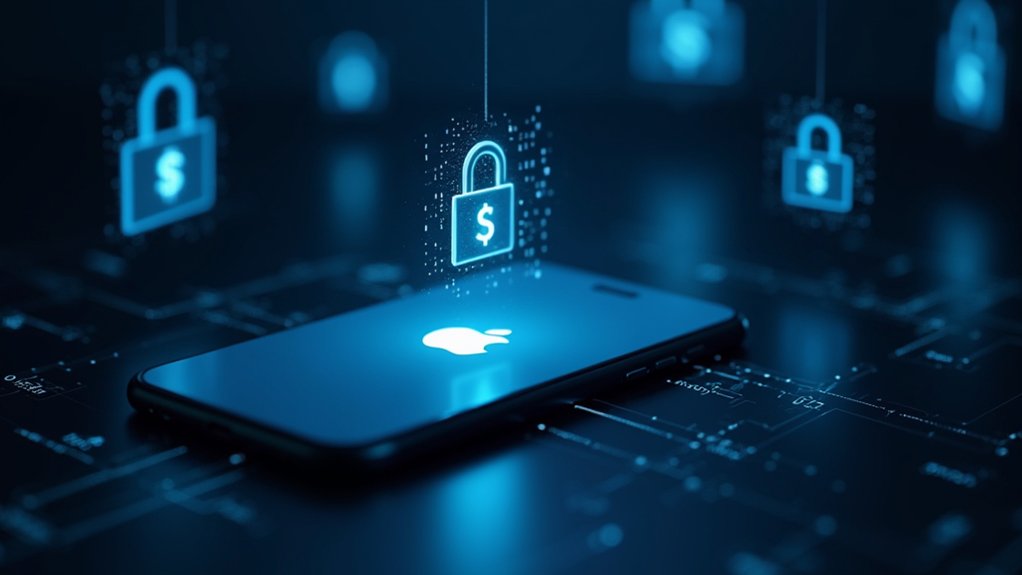How does Apple’s recent deployment of critical security patches across multiple operating systems fundamentally alter the landscape of cybersecurity risks associated with cryptocurrency asset management on iOS devices? The release of urgent updates addressing a zero-click vulnerability in the Image I/O framework, specifically recognized as CVE-2025-43300, notably enhances device security by mitigating a previously unpatched out-of-bounds write flaw that permitted memory corruption and remote code execution through automatically processed malicious images, thereby nullifying the stealth attack vector that threatened the integrity of private cryptographic keys and sensitive financial credentials stored on iPhones, iPads, and recent Mac models. Apple’s monitoring systems may identify attacks and notify users, providing an additional layer of defense against exploitation through automated detection. This vulnerability, exploited without any user interaction, posed an unprecedented risk to cryptocurrency holders by enabling attackers to bypass conventional security barriers and implant persistent spyware capable of capturing keystrokes and authentication data critical to wallet management and exchange access. The complexity of this exploit means that only high-skilled attackers are likely capable of leveraging it effectively, limiting widespread exploitation but increasing the threat to targeted users. This incident underscores the crucial role of blockchain’s cryptographic security in protecting digital assets against unauthorized access.
The implications of this vulnerability for digital asset security were profound, as the irreversible nature of blockchain transactions meant that any unauthorized transfer resulting from device compromise could not be reversed or recuperated, thus exposing users to potentially catastrophic financial losses. By systematically releasing patches for iOS 18.6.2, macOS Sonoma 14.7.8, Ventura 13.7.8, Sequoia 15.6.1, and iPadOS 17.7.10/18.6.2, Apple effectively disrupted the exploitation chain, reinforcing the defense-in-depth posture required for safeguarding cryptocurrency assets at the endpoint level, which is often regarded as the most vulnerable link in the security ecosystem. Moreover, the advisement for immediate manual installation of these updates underscores the critical importance of prompt vulnerability mitigation, reducing the window of exposure during active exploitation reports and attenuating the risk of targeted attacks concentrated on high-value crypto users. This approach aligns with the decentralized blockchain principle that relies on continuous consensus and validation to maintain transaction integrity and security.









